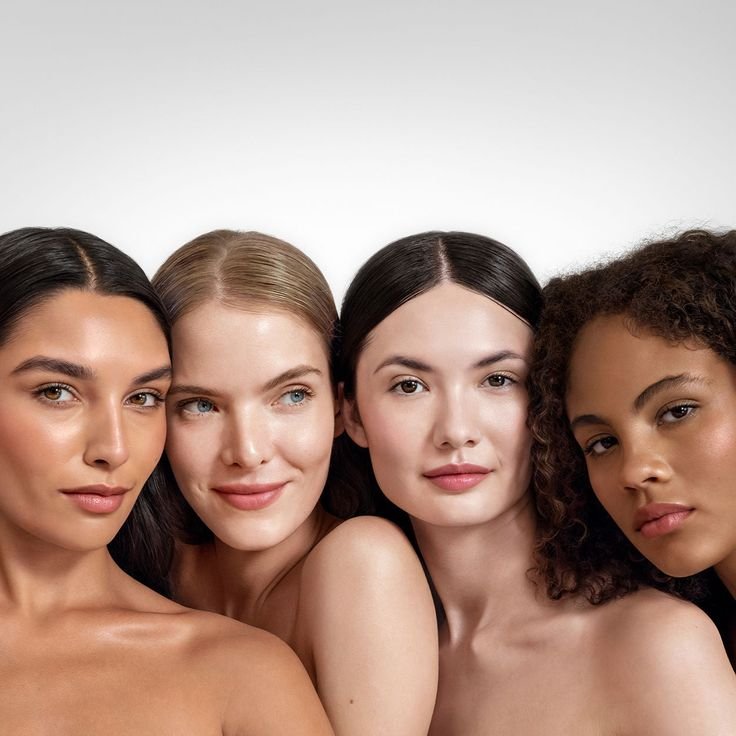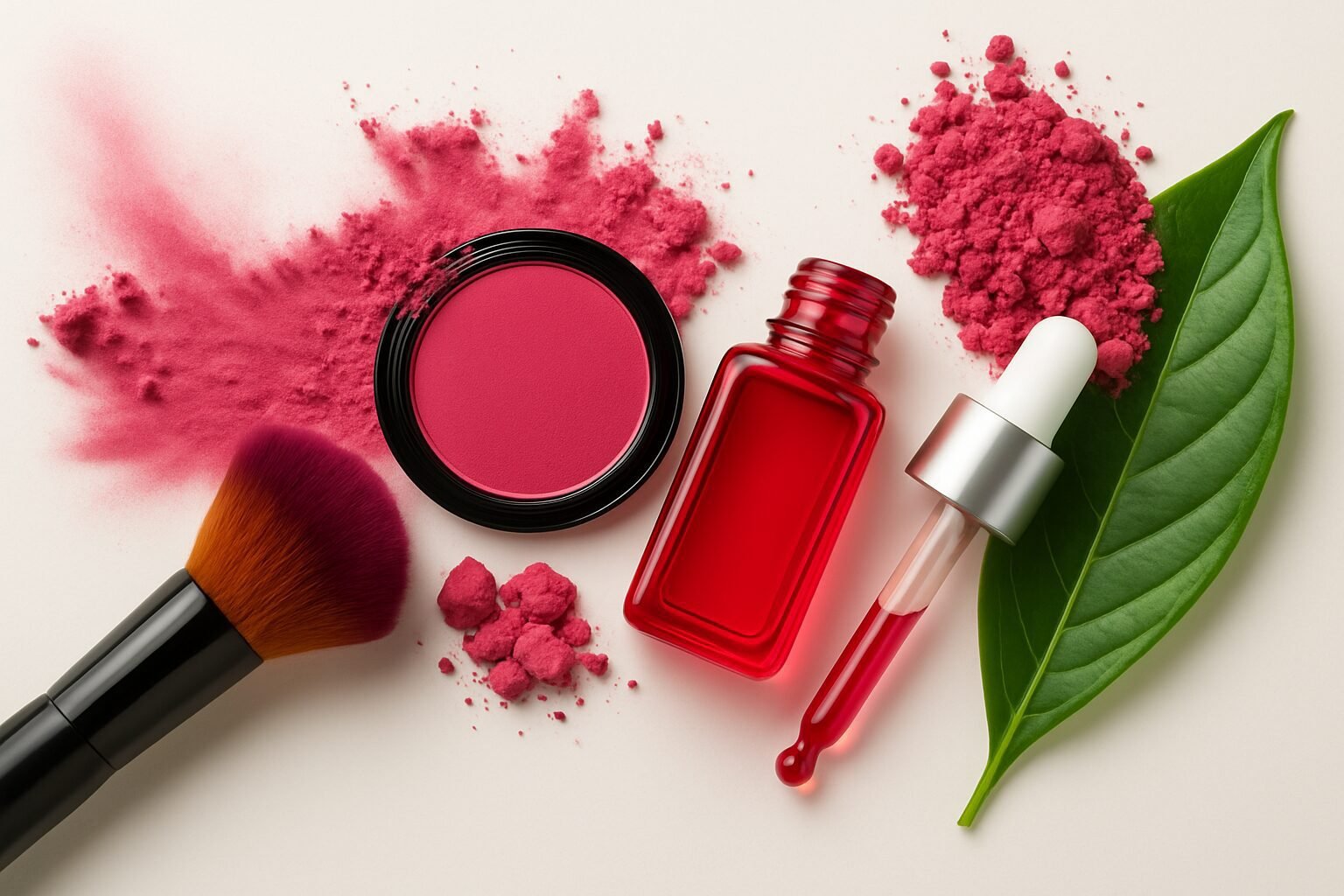Cosmetic chemists in 2025 face a dual challenge: improving the efficacy of formulations while also ensuring sustainability. Consequently, the conversation is no longer just about making products work — it’s about how well they work, how stable they remain, and how responsibly they are produced. Therefore, optimization is becoming the driving principle of modern formulation science.
Why Optimization Matters in Cosmetic Formulation
Consumer expectations have evolved dramatically. Modern users demand visible results, eco-friendly sourcing, and clean labels. Moreover, regulatory frameworks are stricter, limiting certain solvents, preservatives, and microplastics. As a result, optimization means balancing efficacy with compliance, safety, and sustainability. Research in green chemistry highlights how innovation can simultaneously improve outcomes and minimize environmental impact.
Core Strategies for Optimization
- Encapsulation Systems – Protect actives such as vitamin C, retinol, and peptides through nanoencapsulation or liposomes. This improves stability, extends shelf life, and ensures controlled release (International Journal of Pharmaceutics).
- Synergistic Formulation – Pair antioxidants (e.g., vitamin C + ferulic acid) to enhance efficacy through stabilizing networks (PubMed).
- Sustainable Solvents – Replace petrochemical carriers with biodegradable, plant-derived systems that reduce ecological footprint.
- Smart Delivery Systems – Use polymer matrices, patches, or microsponges for sustained delivery and enhanced penetration.
- Waste Reduction – Minimize raw material loss through precision dosing and improved solubility techniques.
Ingredient Efficacy Enhancement
Formulation optimization requires focusing on how actives behave in complex systems. For example:
- Stabilized Vitamin C – Nanoencapsulated ascorbic acid maintains potency far longer than unprotected versions.
- Peptides – Encapsulation shields fragile amino acid sequences from enzymatic breakdown (PubMed).
- Botanical Extracts – Standardization improves batch-to-batch reproducibility, ensuring consistent efficacy.
- Exosomes – Deliver bioactive molecules directly into target cells, improving precision of cellular repair functions.
Therefore, by adjusting carrier systems, pH ranges, and synergistic pairings, chemists can dramatically increase both perceived and measured performance of formulations.
Sustainability in Practice
Optimization is not only about efficacy but also about environmental responsibility. Key approaches include:
- Upcycled Ingredients – Use by-products from food, wine, or algae industries to reduce waste and add sustainable value.
- Cold Extraction – Minimize energy use while preserving delicate phytochemicals (MDPI).
- Green Chemistry Processes – Apply atom economy principles and water-based formulations to reduce hazardous waste.
- Biodegradable Carriers – Replace microplastics with natural polymers like cellulose, chitosan, and starch derivatives.
Formulation Tools for Chemists
Practical methods are available to bring optimization to life:
- Computational Modeling – Predict solubility and stability before bench testing, reducing trial-and-error waste.
- High-Throughput Screening – Evaluate multiple formulations rapidly, saving both time and raw materials.
- Data-Driven Insights – AI platforms can analyze ingredient interactions and suggest optimized formulations (Frontiers in Chemistry).
Case Examples
Several ingredients illustrate optimization success stories:
- Astaxanthin – Encapsulation in lipid carriers improves skin penetration and antioxidant stability.
- Ceramides – Complexes with cholesterol and fatty acids replicate natural skin barrier ratios, improving repair.
- Hyaluronic Acid – Cross-linked variants allow for controlled hydration and long-lasting effects.
- Microalgae Extracts – Cold-processed forms retain higher levels of bioactive pigments, reducing degradation.
Explore Natural Alternatives in Your Formulations
Grand Ingredients supports chemists with active ingredients that meet both efficacy and sustainability demands. Discover our biotech-driven portfolio in the Active Product section and request samples to test in your own lab formulations.
Conclusion
Optimization of cosmetic formulations in 2025 is not a trend but a necessity. By leveraging encapsulation, green chemistry, synergistic combinations, and AI-assisted tools, chemists can create products that deliver higher efficacy while reducing environmental impact. Moreover, brands that embrace optimization will gain both consumer trust and regulatory compliance, ensuring long-term success in a competitive market.
FAQ: How do you optimize cosmetic formulations?
Cosmetic formulations can be optimized by improving stability through encapsulation, enhancing delivery with smart systems, adopting sustainable extraction, and using computational modeling to reduce waste. These approaches increase efficacy while ensuring eco-responsibility.







